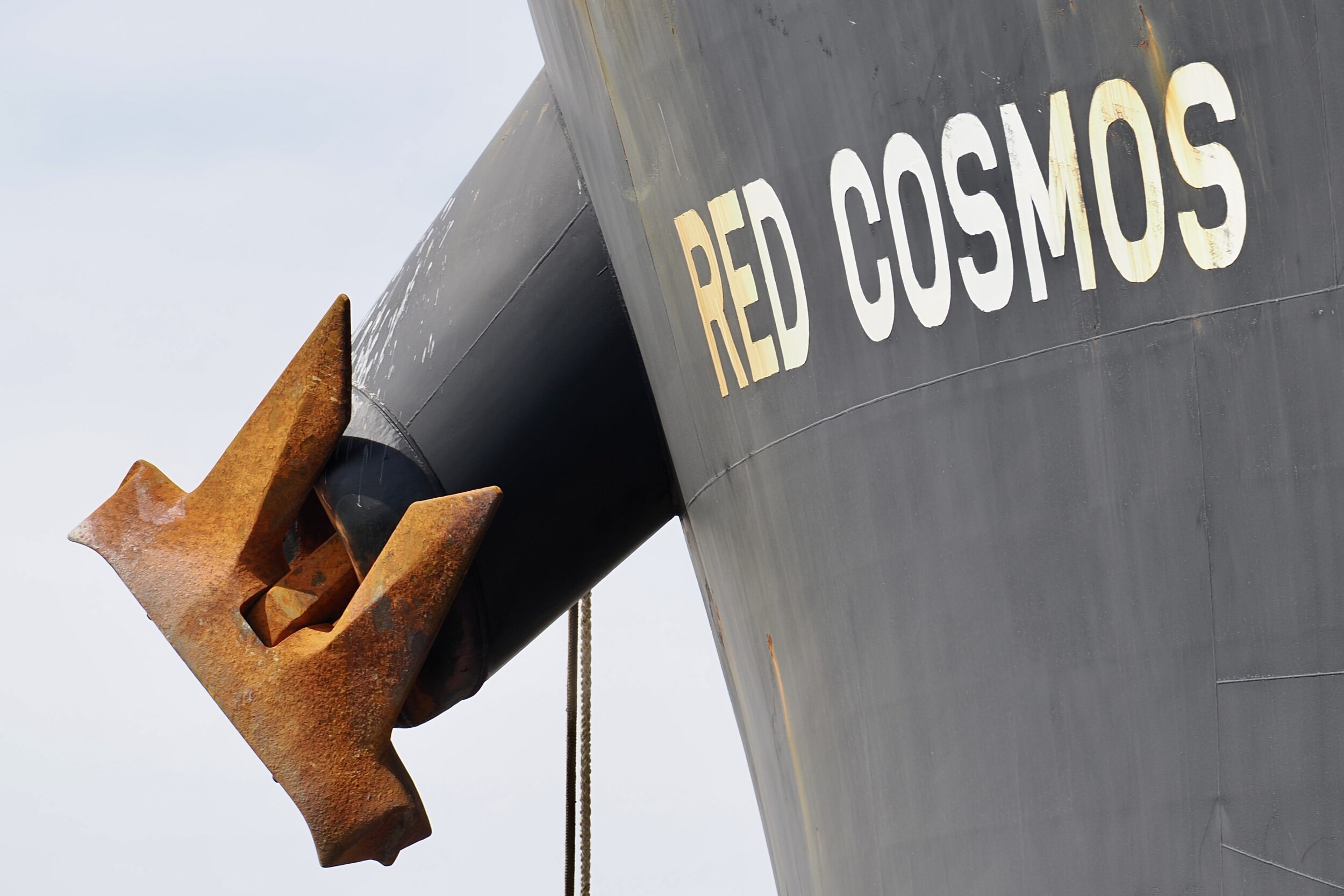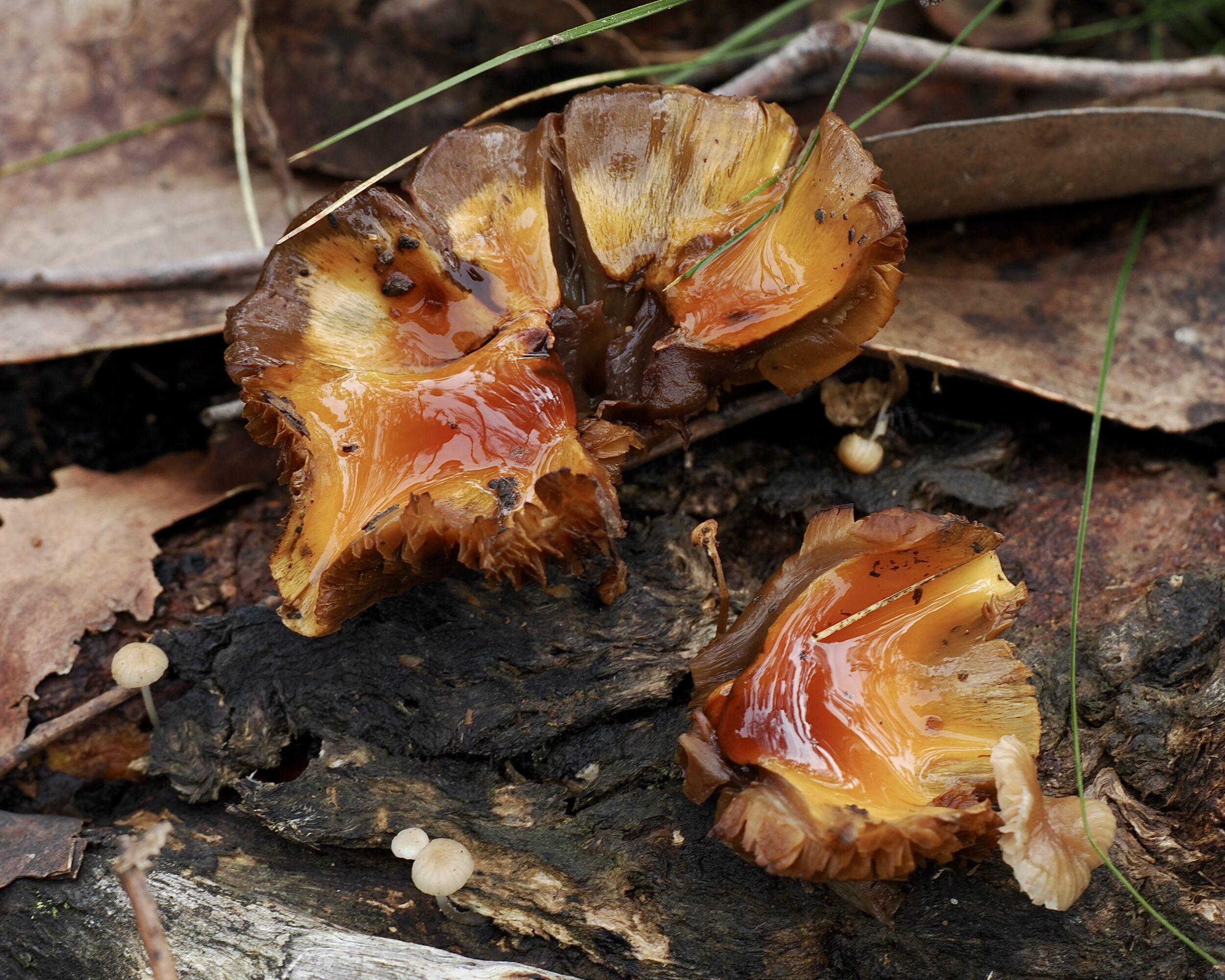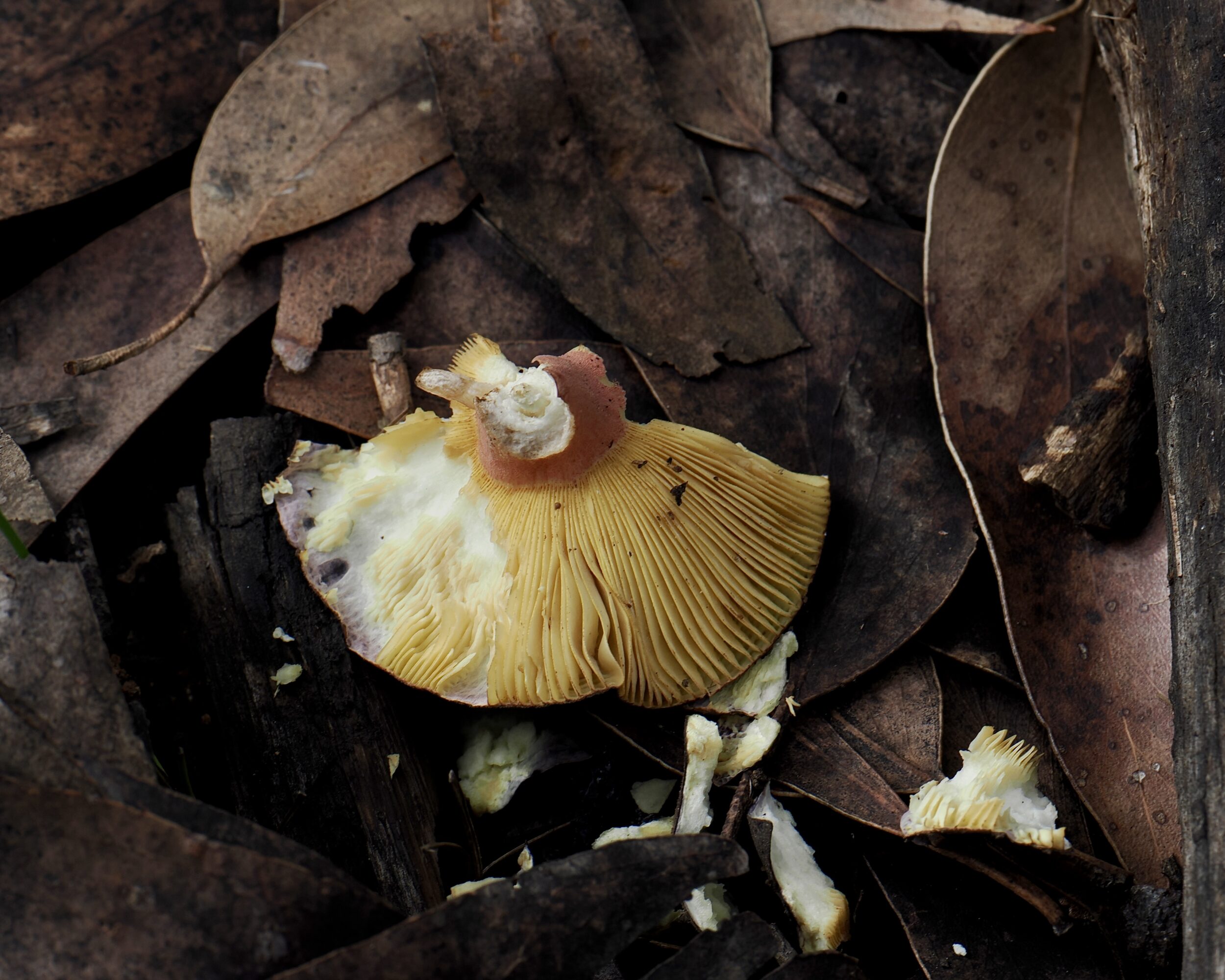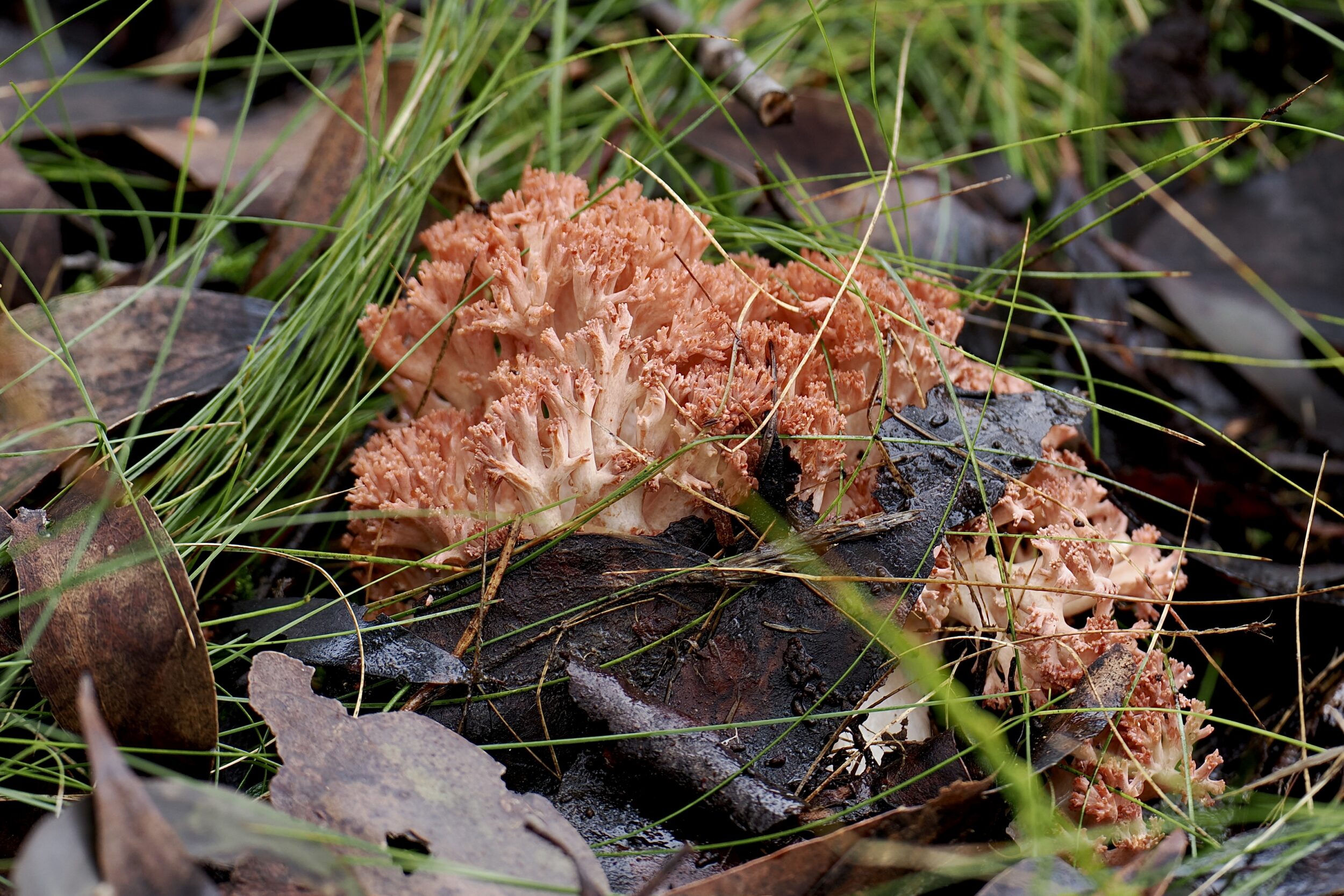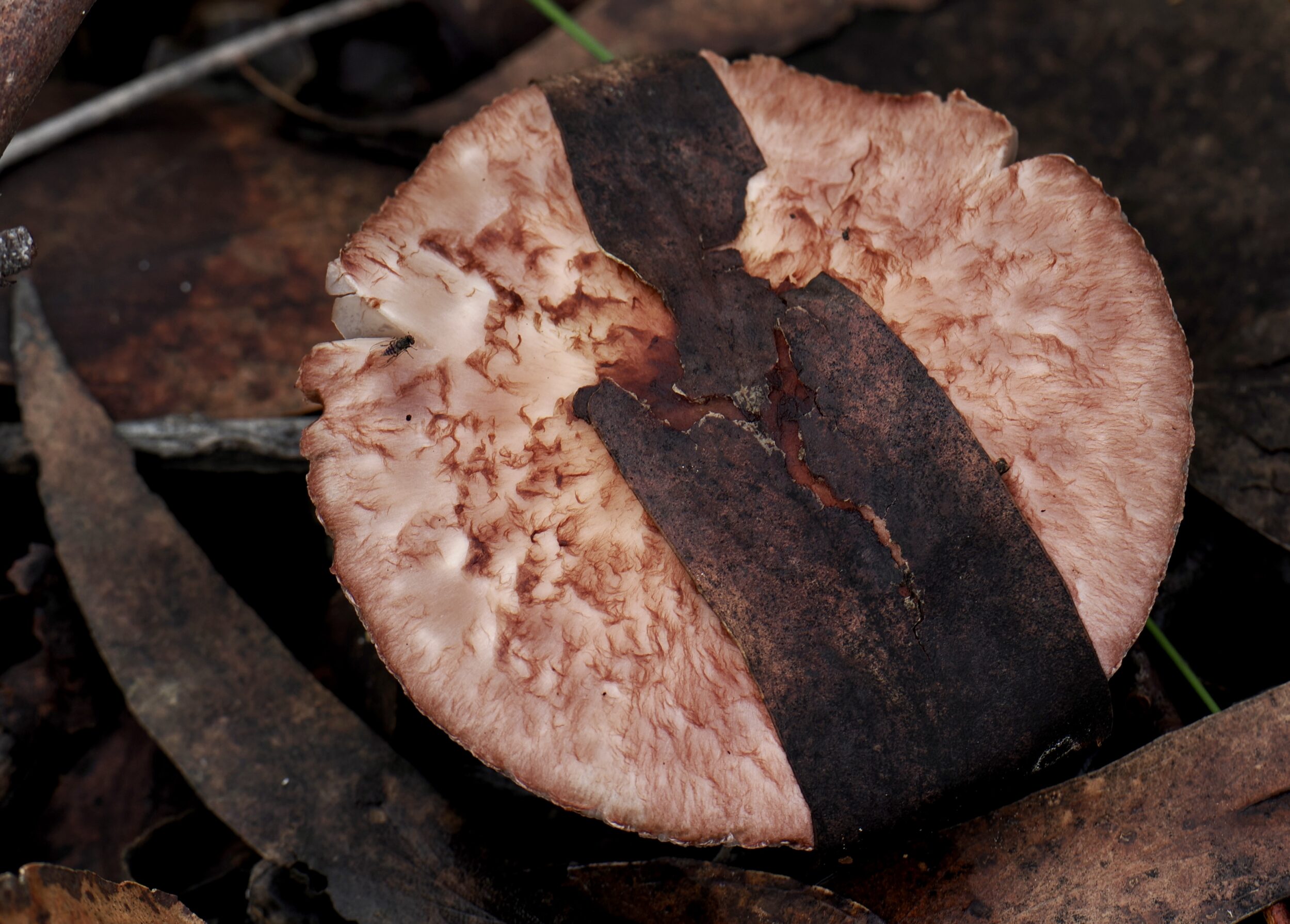There is nothing Socialist – let alone Communist – about this Red Cosmos.
The bulk carrier of that name was launched in 2015, and has since made more than a few trips to Port Adelaide – all with capitalist intent.
Also a fiction: the vessel’s purported home port.
Majuro is purely a “flag of convenience”; such “false flags” are deployed by most ship-owners.
They are a key part of their efforts to minimise expenditure, to maximise their profits and to evade any legal “liability” in relation to “accidents”, and to mistreatment of employees.
Comments closed